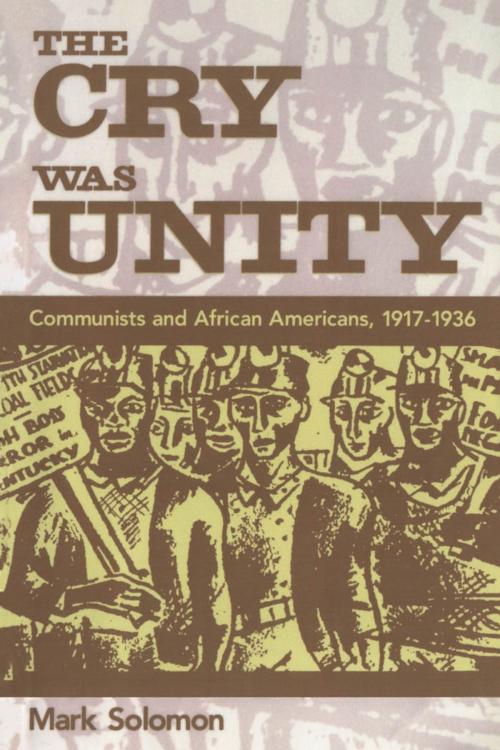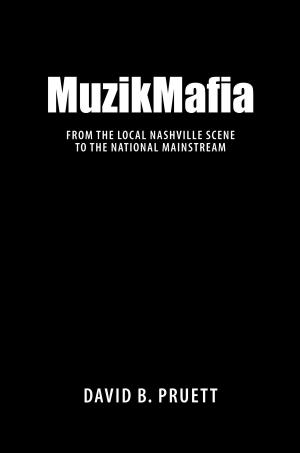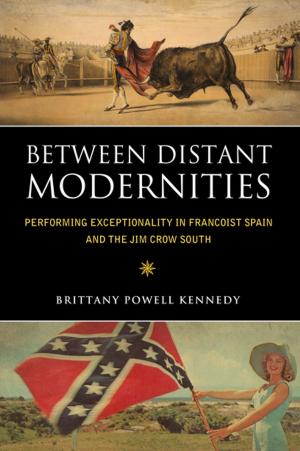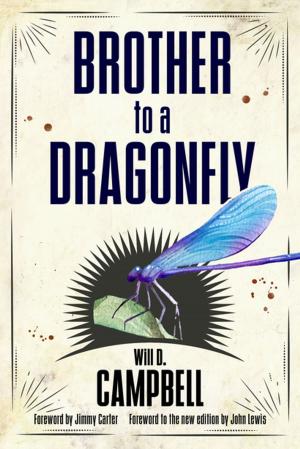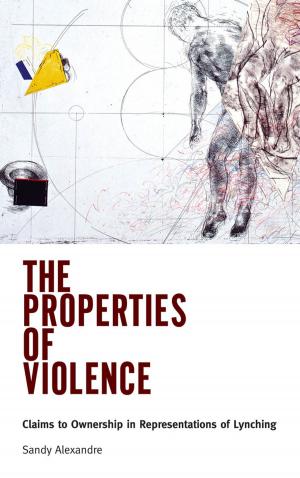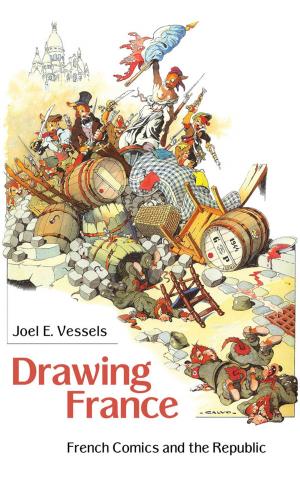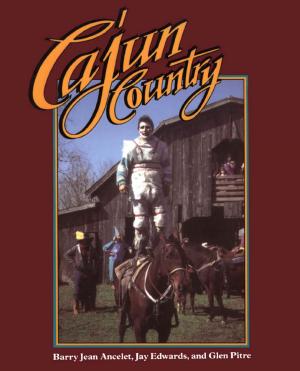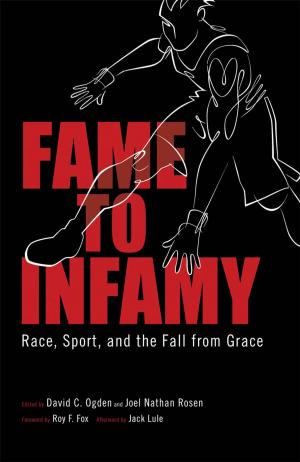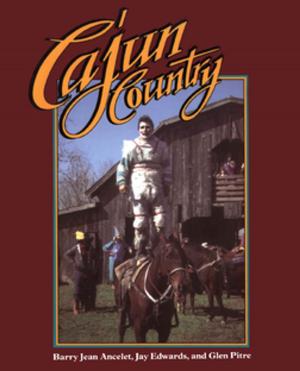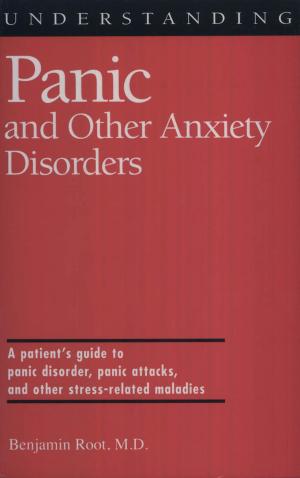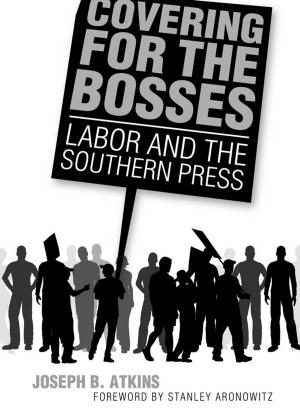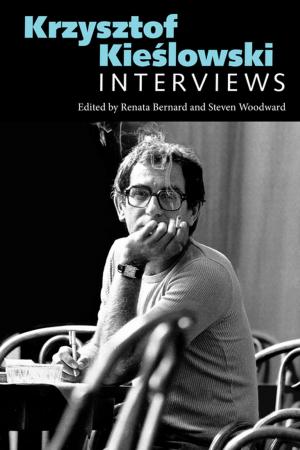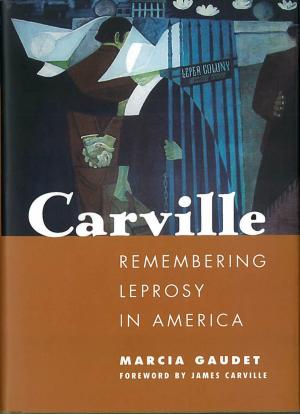The Cry Was Unity
Communists and African Americans, 1917-1936
Nonfiction, Social & Cultural Studies, Social Science, Cultural Studies, African-American Studies| Author: | Mark Solomon | ISBN: | 9781604737561 |
| Publisher: | University Press of Mississippi | Publication: | December 1, 1998 |
| Imprint: | University Press of Mississippi | Language: | English |
| Author: | Mark Solomon |
| ISBN: | 9781604737561 |
| Publisher: | University Press of Mississippi |
| Publication: | December 1, 1998 |
| Imprint: | University Press of Mississippi |
| Language: | English |
The Communist Party was the only political movement on the left in the late 1920s and 1930s to place racial justice and equality at the top of its agenda and to seek, and ultimately win, sympathy among African Americans. This historic effort to fuse red and black offers a rich vein of experience and constitutes the theme of The Cry Was Unity.
Utilizing for the first time materials related to African Americans from the Moscow archives of the Communist Inter-national (Comintern), The Cry Was Unity traces the trajectory of the black-red relationship from the end of World War I to the tumultuous 1930s. From the just-recovered transcript of the pivotal debate on African Americans at the 6th Comintern Congress in 1928, the book assesses the impact of the Congress's declaration that blacks in the rural South constituted a nation within a nation, entitled to the right of self-determination. Despite the theory's serious flaws, it fused the black struggle for freedom and revolutionary content and demanded that white labor recognize blacks as indispensable allies.
As the Great Depression unfolded, the Communists launched intensive campaigns against lynching, evictions, and discrimination in jobs and relief and opened within their own ranks a searing assault on racism. While the Party was never able to win a majority of white workers to the struggle for Negro rights, or to achieve the unqualified support of the black majority, it helped to lay the foundations for the freedom struggle of the 1950s and 1960s.
The Cry Was Unity underscores the successes and failures of the Communist-led left and the ways in which it fought against racism and inequality. This struggle comprises an important missing page that needs to be returned to the nation's history.
Mark Solomon, an emeritus professor at Simmons College, is the author of Red and Black: Communism and Afro-Americans, 1929-1935, Death Waltz to Armageddon: E. P. Thompson and the Peace Movement, and Stopping World War II (with Michael Myerson).
The Communist Party was the only political movement on the left in the late 1920s and 1930s to place racial justice and equality at the top of its agenda and to seek, and ultimately win, sympathy among African Americans. This historic effort to fuse red and black offers a rich vein of experience and constitutes the theme of The Cry Was Unity.
Utilizing for the first time materials related to African Americans from the Moscow archives of the Communist Inter-national (Comintern), The Cry Was Unity traces the trajectory of the black-red relationship from the end of World War I to the tumultuous 1930s. From the just-recovered transcript of the pivotal debate on African Americans at the 6th Comintern Congress in 1928, the book assesses the impact of the Congress's declaration that blacks in the rural South constituted a nation within a nation, entitled to the right of self-determination. Despite the theory's serious flaws, it fused the black struggle for freedom and revolutionary content and demanded that white labor recognize blacks as indispensable allies.
As the Great Depression unfolded, the Communists launched intensive campaigns against lynching, evictions, and discrimination in jobs and relief and opened within their own ranks a searing assault on racism. While the Party was never able to win a majority of white workers to the struggle for Negro rights, or to achieve the unqualified support of the black majority, it helped to lay the foundations for the freedom struggle of the 1950s and 1960s.
The Cry Was Unity underscores the successes and failures of the Communist-led left and the ways in which it fought against racism and inequality. This struggle comprises an important missing page that needs to be returned to the nation's history.
Mark Solomon, an emeritus professor at Simmons College, is the author of Red and Black: Communism and Afro-Americans, 1929-1935, Death Waltz to Armageddon: E. P. Thompson and the Peace Movement, and Stopping World War II (with Michael Myerson).
